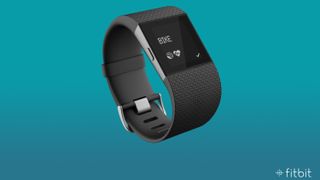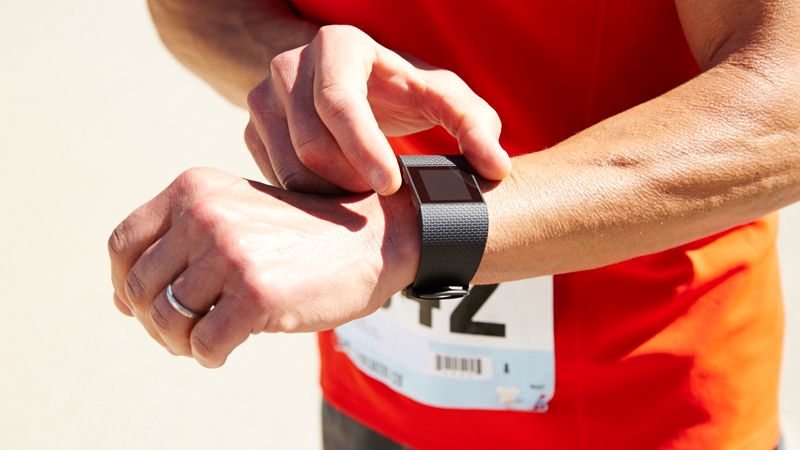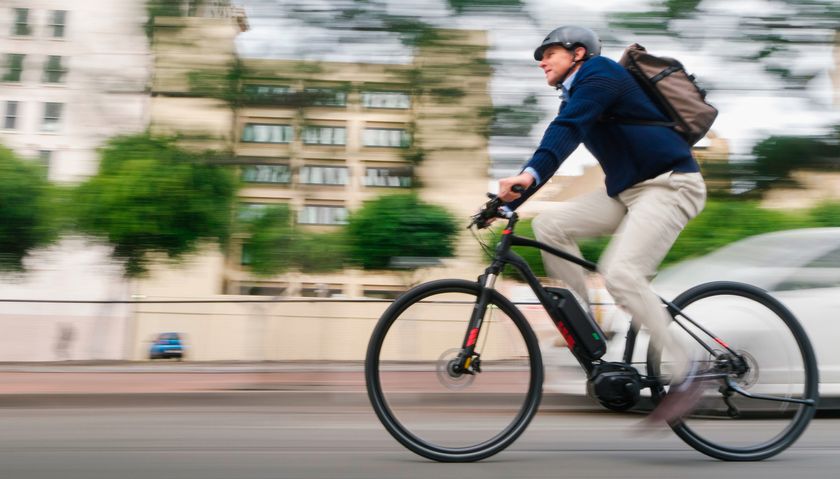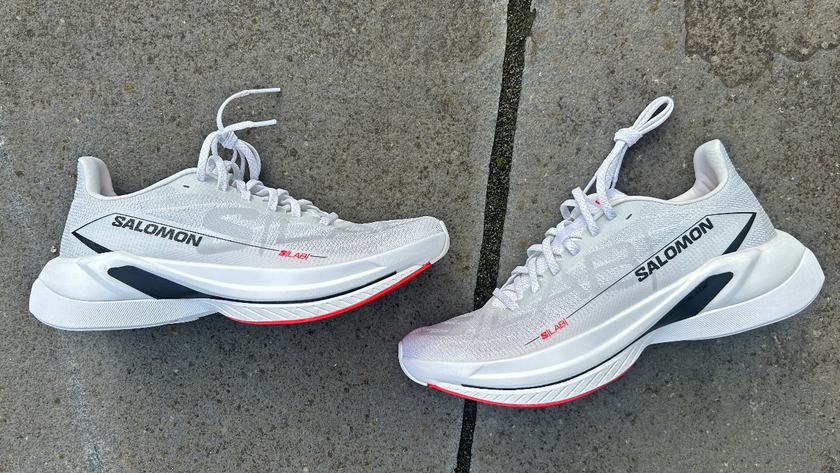You can trust Coach
Fitbit’s latest innovation, the Surge, has a simplistic design – but don’t be fooled. While it guarantees the basic functions that you’d expect from every fitness watch – tracking speed, distance and time - it also includes features that might just catch you by surprise. In fact, it’s been branded a ‘superwatch’ thanks to several upgrades, which places it among the likes of Garmin’s Fenix 2 Multisport in the high-end market of fitness watches (and has a price of £199 to match). So can it compete?
Simple delivery
The Surge’s basic black-and-white touchscreen display makes navigation extremely easy, with the swipe of a finger enough to access your heart rate, pedometer and distance covered thanks to its eight sensors. Lightweight and comfortable on your wrist, whether you’re at your desk or in the gym you’ll hardly notice you’re wearing it – although its chunky core (a consequence of the heart rate monitor hidden underneath the face) renders it pretty impractical to wear while sleeping, despite its sleep tracker.
Style-wise the Surge, currently available in black with blue and tangerine coming soon, is a bit characterless – nothing about it is particularly striking. While fashion isn’t necessarily a prime factor with fitness watches, if the Surge is designed to be worn all day, there should be closer attention to styling. A useful fastening clip on the rubber strap to prevent loose ends flapping around.

All-rounder
We tested the Surge for a month but it was clear within a couple of hours – as soon as we set up the supporting phone app – that Fitbit had created something of a hybrid fitness watch, acting almost as a transition between a standard fitness watch and a smartwatch.
You can access the Surge’s settings on your phone to enable notifications that inform you of an incoming call or text, and while you’re not actually able to answer either, it’s a handy way of keeping up-to-date if your phone’s on silent. The only slight downside to this is that a Bluetooth connection must always be present, which can drain your phone battery a bit. Music control is a further addition, allowing you to pause and skip songs through the watch’s touchscreen or side buttons so you don't have to interrupt your workout.
Fit for purpose
What the Surge certainly doesn’t lack is a choice of training programmes to match your intended exercise. Choose the ‘run’ section and your options are free run, lap run (both GPS-enabled) and treadmill. Within ‘exercises’ you have bike and hike (both of which are also programmed to use GPS tracking), alongside weights, elliptical, spinning and workout. One advantage of so many options is that you can compare, for example, your heart rate and calories burned when lifting weights with spinning.
There are drawbacks. Fitbit claims the Surge, when fully charged, will last as many as seven days, but four to five days is a more realistic evaluation of its battery power. Additionally, while the heart rate monitor is responsive and accurate, the pedometer often overestimates the amount of steps taken. No device can measure each and every step, but even five steps are read as seven or eight, meaning it thinks you’ve reached your daily target sooner than you have. It makes you question the accuracy of its distance covered and calories burned readings as well. However, it’s not significantly worse than other watches so if you’re considering the Surge this perhaps shouldn’t be a crucial factor, just something to bear in mind.
Back on the positive side, the addition of GPS tracking is particularly effective. Before a run, users can initiate the GPS when choosing a training programme so that the Surge can track your route without your phone and then transmit the data to the website app, on which you can also submit a food diary, combining well with the slightly-inaccurate pedometer and exercises completed throughout the day.
Verdict
It undoubtedly has flaws but overall the Surge would enhance any training regime. The good certainly outweighs the bad, with its smartwatch functions, heart rate monitor and variety of training programmes particularly pleasing features, and at just under £200 it’s a decent-value alternative to more expensive fitness watches.
Rating: 7/10
Coach is a health and fitness title. This byline is used for posting sponsored content, book extracts and the like. It is also used as a placeholder for articles published a long time ago when the original author is unclear. You can find out more about this publication and find the contact details of the editorial team on the About Us page.














